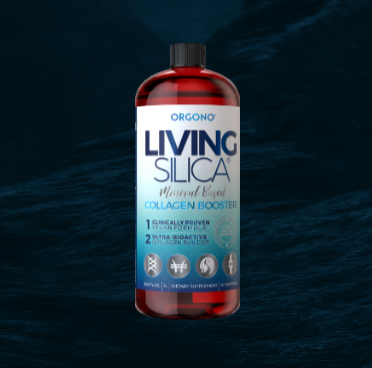Sc. D. Le Ribault, a French geologist and essayist, studied the therapeutic uses of silica in all its scientific aspects for more than 30 years. In 1994, Le Ribault created a new molecule that was tested for 3 years and had a distinct advantage: it did not require additional drugs to enhance its effectiveness. This molecule proved to be more effective than previous ones and demonstrated exceptional stability. Over time, it was shown that the molecule maintains its monomeric stability for years and can be safely used orally for extended periods of time. This molecule is now globally known as Orgono – Living Silica. In collaboration with medical professionals, Sc. D. Loïc Le Ribault coined the name “silica therapy”, formulating advanced protocols for its application, including spray, vaporizations, and more, as detailed in his seminal work, "The Study of Living Silica Compounds in Human Health" (2002). Beyond these innovations, he amassed and analyzed thousands of testimonials to understand its potential health benefits. His commitment extended to sharing this knowledge globally through two decades of seminars and lectures at prestigious universities and institutions, significantly impacting the field and promoting silica's therapeutic potential on a large scale.















